

Choosing the right wood screws can make or break a project. This guide provides a comprehensive overview of various types of wood screws, helping you select the perfect fasteners for your needs. We'll explore different materials, sizes, heads, and applications, ensuring you achieve professional-looking results every time. Learn about screw strength, driving techniques, and common mistakes to avoid, ultimately saving you time and frustration. Find the perfect screws for your next project!
Wood screws are available in a variety of materials, each with its own strengths and weaknesses. Steel is the most common, offering a good balance of strength and cost-effectiveness. Stainless steel provides superior corrosion resistance, ideal for outdoor projects or humid environments. Brass wood screws offer a more aesthetically pleasing finish, often used in visible applications. Choosing the right material depends heavily on the project and environment. Consider factors such as anticipated load, exposure to the elements, and desired aesthetic.
The head of a wood screw plays a crucial role in both aesthetics and functionality. Common head types include: Phillips, Slotted, Square Drive, and Robertson. Phillips and Square Drive heads are common choices for their resistance to cam-out (bit slippage). Slotted heads are less popular due to their tendency to cam out, but remain a viable option for simpler projects. Robertson heads, while less common, offer superior grip and reduced cam-out. The choice of head type depends on the desired look, the tools you have available, and the type of driving action you require.
The thread profile impacts how well the wood screws hold. Coarse threads provide better grip in softer woods, while fine threads offer better strength in harder woods and less likely to split the wood. Selecting the correct thread depends on the type of wood and the desired holding power. Using the wrong thread type can lead to either stripped wood or a weak connection.
The size and length of a wood screw is crucial for both functionality and aesthetics. Measure carefully to ensure the screw is long enough to provide adequate grip but not so long that it penetrates through the other side. Incorrect sizing can lead to weak joins or damage to the material. Always refer to manufacturer's recommendations for specific applications.
Selecting the appropriate wood screws is essential for a successful project. Consider these factors:
Here are a few key tips to ensure a smooth and successful experience when using wood screws:
While many manufacturers produce quality wood screws, some consistently rank higher in terms of durability, strength, and ease of use. This is not an exhaustive list but should provide a starting point for your research. We recommend checking online reviews and comparing specifications before purchasing. It is vital to note that availability may vary by region.
| Brand | Material Options | Head Types | Pros | Cons |
|---|---|---|---|---|
| Brand A | Steel, Stainless Steel | Phillips, Flat | Strong, Durable | Can be expensive |
| Brand B | Steel | Phillips, Pan | Affordable, Widely Available | May not be as durable |
| Brand C | Stainless Steel, Brass | Phillips, Oval | Corrosion resistant, aesthetically pleasing | More expensive |
Remember to always consult the manufacturer’s specifications and safety guidelines before commencing any project.
For a wide selection of high-quality wood screws and other building materials, consider exploring options from Hebei Muyi Import&Export Trading Co.,Ltd. They offer a diverse range of products to suit various construction needs.

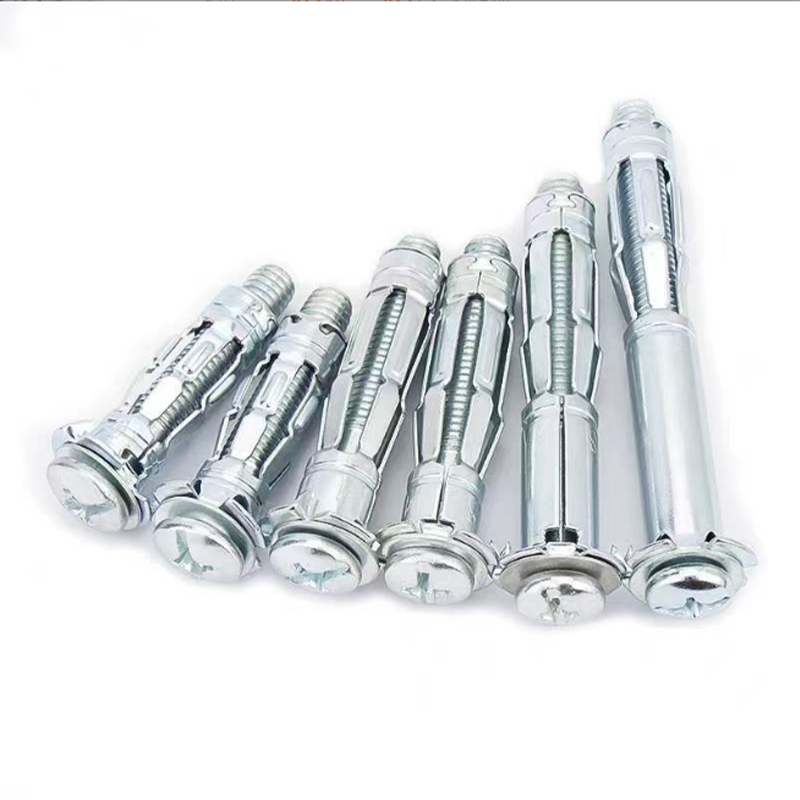
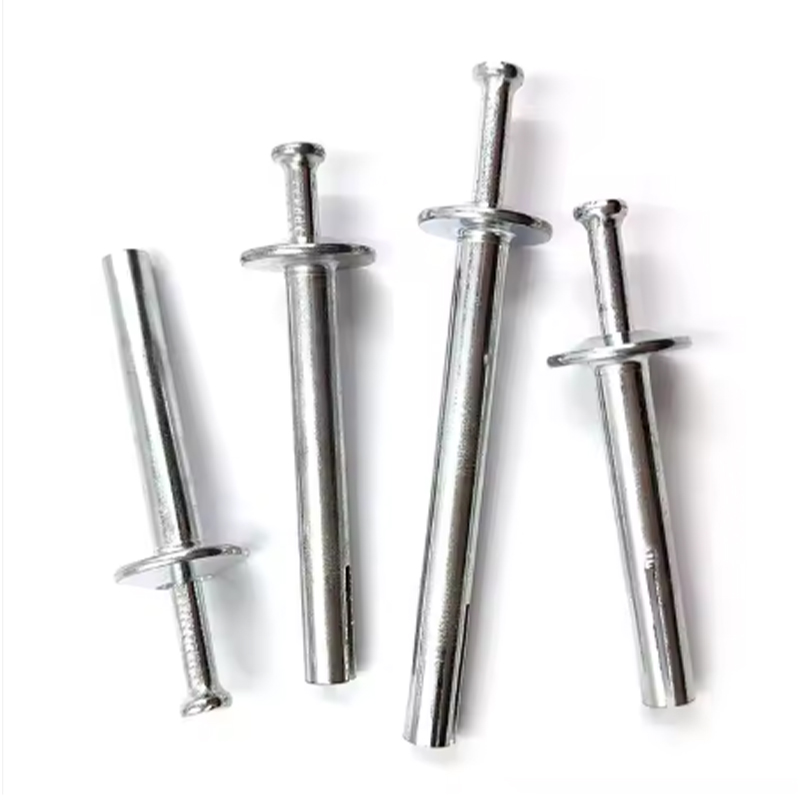

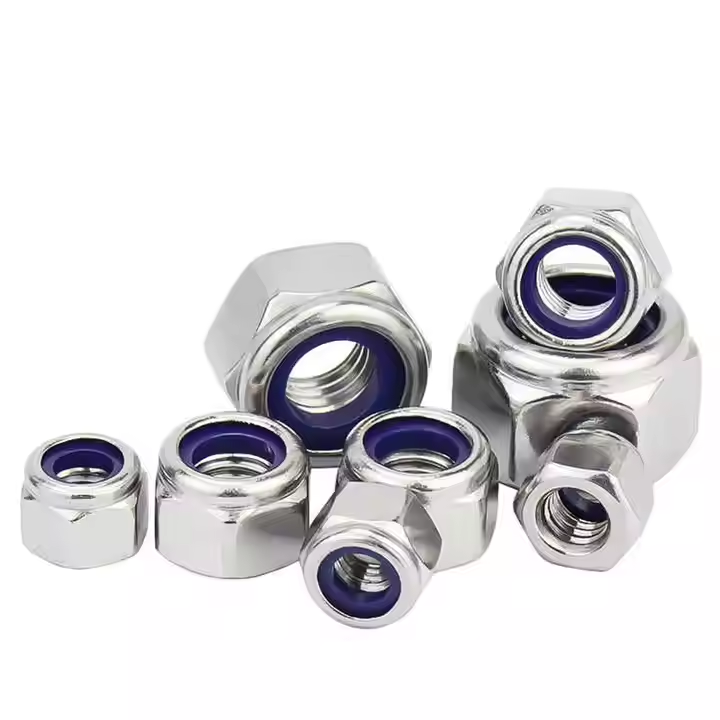
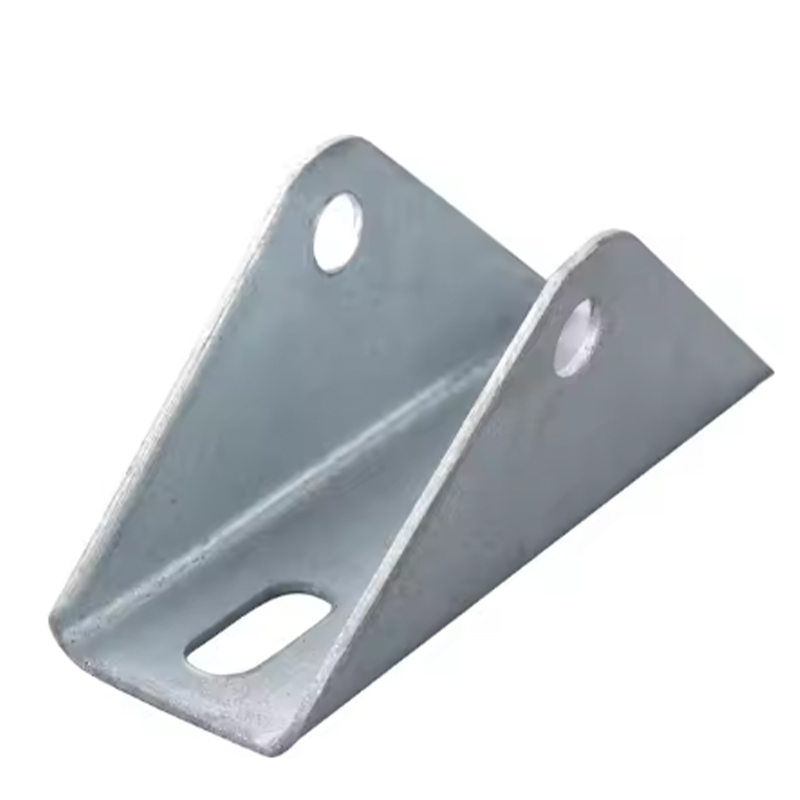
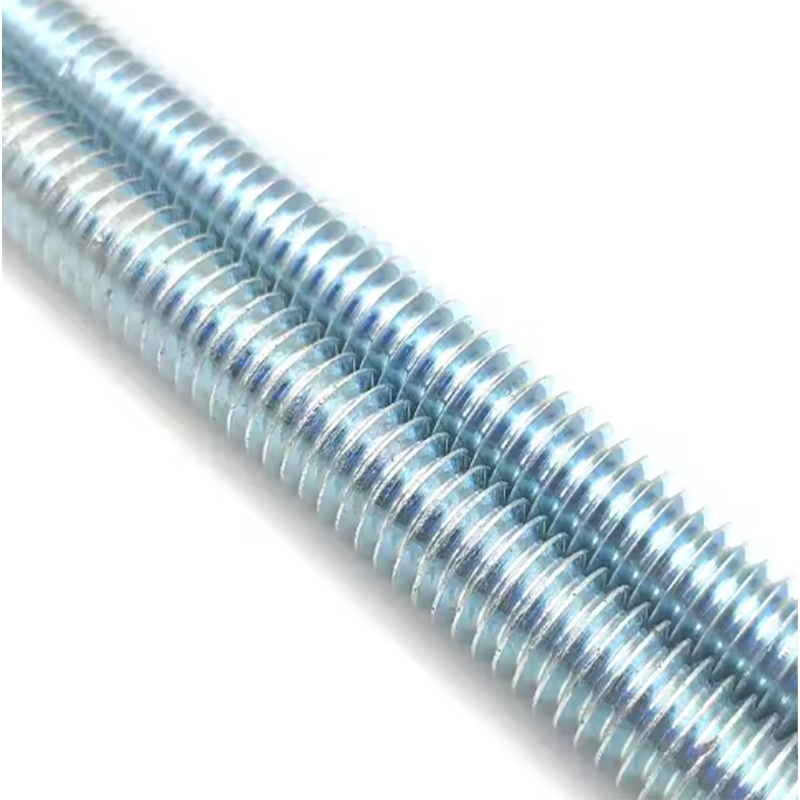
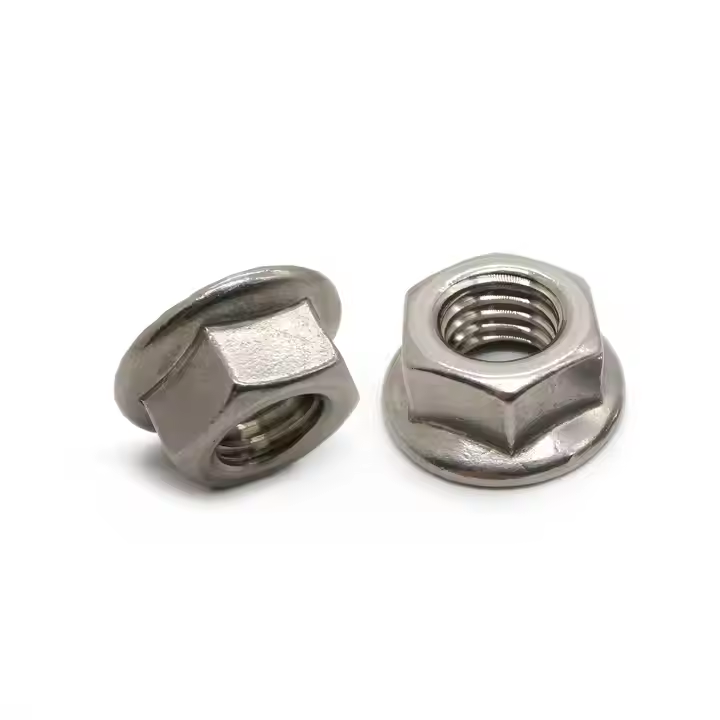

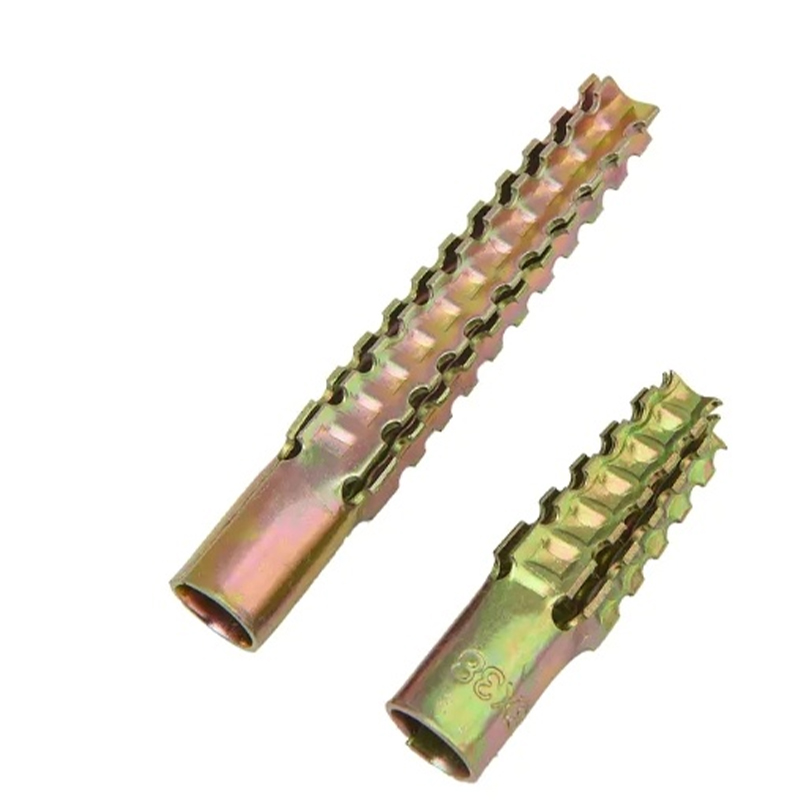


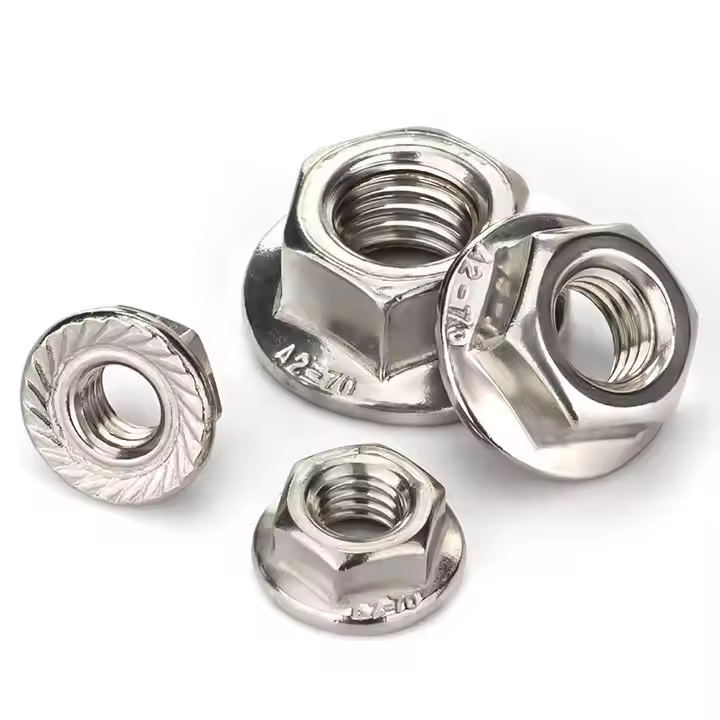
Please enter your email address and we will reply to your email.